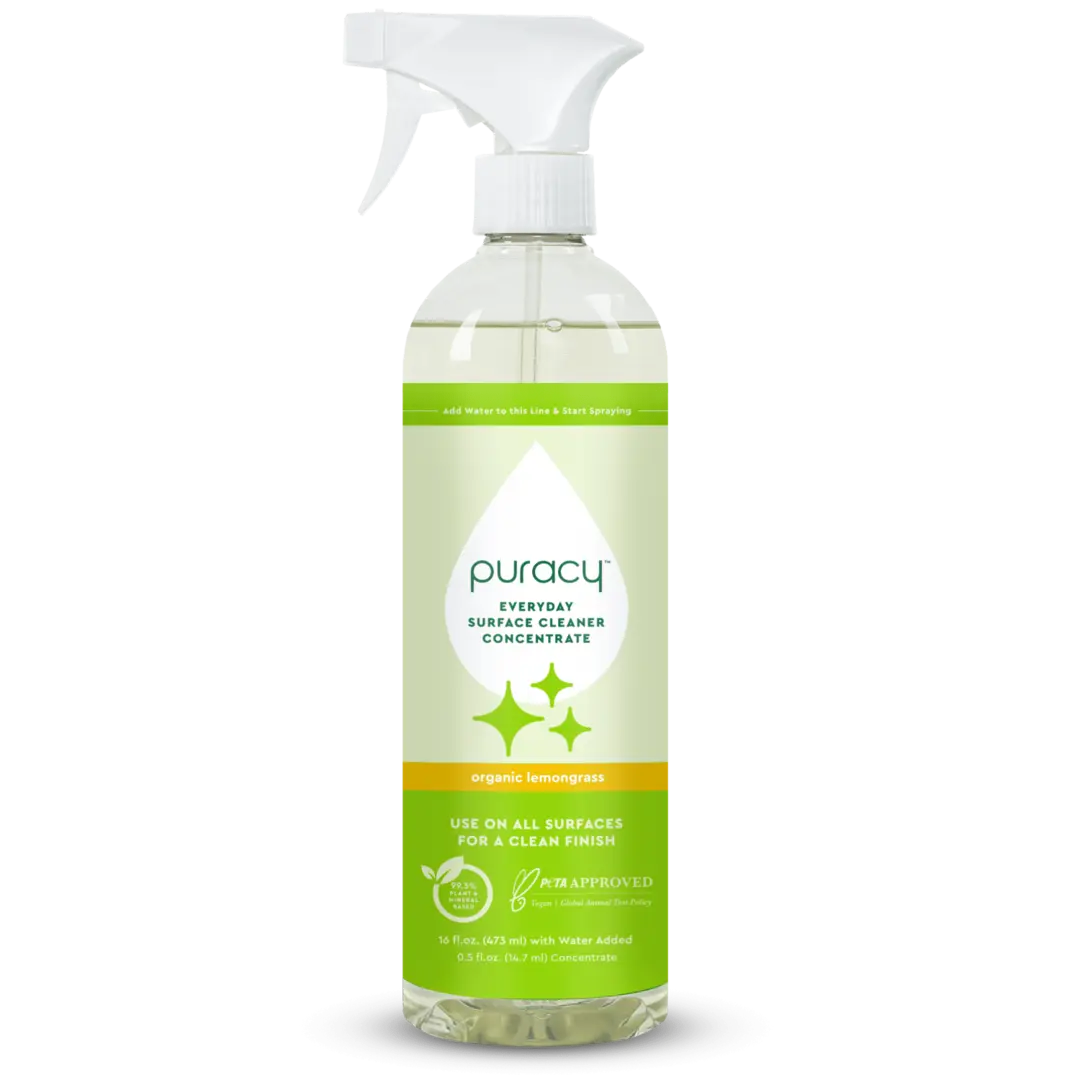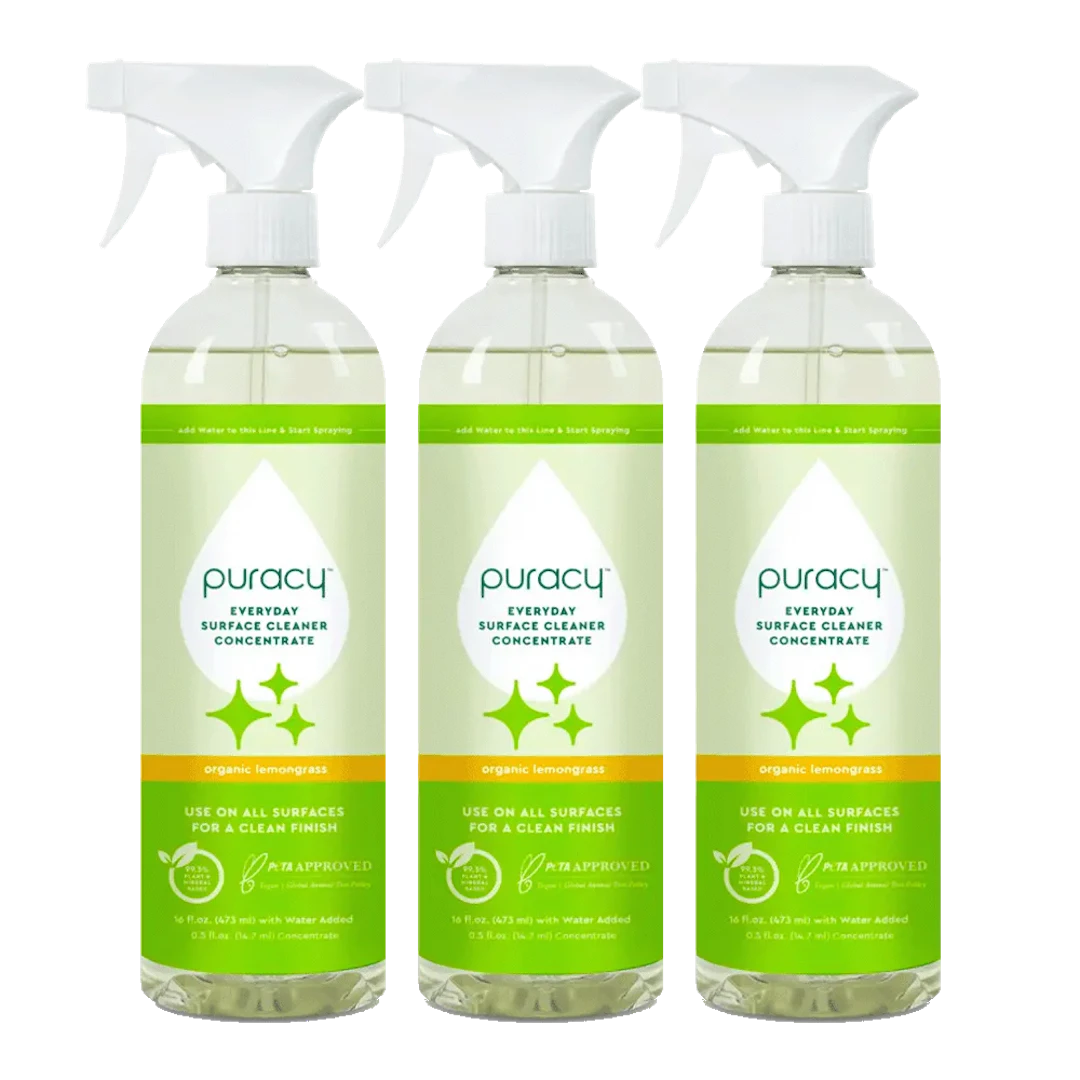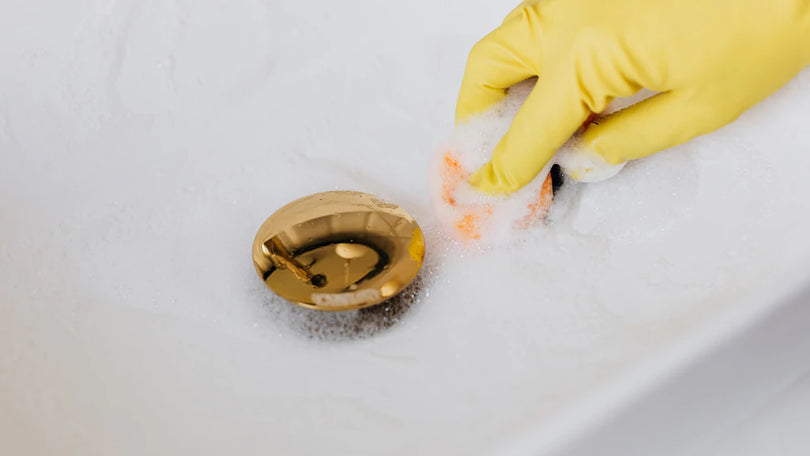Whether it's a faded water stain or a food spill, there are tips and tricks when it comes to knowing how to remove a stain from wood. Learn how to tackle even the toughest stains, as well as other DIY solutions that can keep your hardwood floors and furniture stain-free.
Step-by-Step Guide for Removing Stains from Wood

Follow these guides for removing different stains from different types of wood.
How to Remove Heat Stains From Wood

Typically seen in kitchens, these wood stains can be removed using common household solutions.
Baking Soda
- Wipe the stain with a damp cloth.
- Let the affected area completely dry.
- Make a paste from baking soda and non-gel toothpaste.
- Use a clean cloth to gently scrub the paste on the affected area.
- Allow the paste to sit for 10-15 minutes.
- Use a clean, damp cloth to wipe away any remaining paste.
Vinegar and Olive Oil
- Mix white vinegar and olive oil.
- Apply to stain using a paper towel.
- Allow the solution to sit for an hour.
- Wipe off with a clean cloth.
How to Remove Water Stains from Wood

Water stains can fade wood, but with the right household solutions, they can be restored.
Iron
- Take an iron with an empty water filter and place it on its lowest heat setting.
- Place a cotton towel or cloth directly over the stain.
- Gently iron over the cloth for 5-10 seconds.
- Repeat step 3 until the stain is completely gone.
Mayonnaise
- Dab mayonnaise directly onto stain.
- Let sit for 3-4 hours.
- Wipe with clean cloth.
How to Remove Dark Stains from Wood

Darker stains can come from older water stains or metals, but they can usually be treated with vinegar or hydrogen peroxide.
Vinegar
- Lay vinegar-soaked paper towels directly over the stain.
- Allow the towels to sit for 30-45 minutes.
- Wipe the affected area with a clean, moist cloth.
- Allow the area to dry for 30 minutes-1 hour.
- For stubborn stains, add baking soda to the affected area and gently scrub with an old toothbrush.
Hydrogen Peroxide
- Lightly dampen a cloth with hydrogen peroxide.
- Firmly apply the cloth to the affected area.
- Leave the cloth on the stain overnight.
- Remove the cloth.
- Wipe the area with a clean, damp cloth.
Pro tip: Be careful using hydrogen peroxide, as it can cause discoloration on different types of wood. Spot check before applying fully onto a surface.
Using a Wood Stain Remover

If you're using a commercial wood stain remover, be sure to look for the following:
- Safe ingredients: avoid harmful chemicals that can endanger you and your family members if inhaled.
- Shine: finding a wood stain remover with shine properties can give used furniture a newer, improved look.
- No odor: look for a formula that doesn't contain a strong odor that lingers long after the project is finished.
Types of Wood Stain Removers

Learn the differences between different stain removers and which works best for different surfaces.
-
Solvents
Solvents are often strong enough to dissolve paint, which means they can often contain toxic ingredients. They typically include alcohol or acetone, and can effectively remove wood stains.
-
Caustic
Caustic removers are made of strong, corrosive acids or bases. They result in harsh removal of stain and should be used with skin protection and proper ventilation.
-
Biochemical
If you're looking for stain remover that's safer to use and more eco-friendly, biochemical stain removers such as citric acid or soy oil can do the trick.
Puracy product that helps












Everyday Surface Cleaner
More Tips for Tackling Stains on Wood

Here are more tips for making sure wood remains spotless in even the busiest households.
-
Sandpaper Pre-Treatment
If you’re dealing with a particularly stubborn stain, you can try lightly sanding the affected area with sand paper to allow for a more thorough cleaning.
-
Vegetable Oil for Sticky Stains
Whether it’s an adhesive or a viscous food stain, you can take on sticky stains by rubbing vegetable oil on the affected area and letting it sit overnight. Be sure to only use this trick on varnished wood to avoid further staining.
-
Removing Wood Stain with Wood Strippers
If you're in the process of refinishing furniture or updating floors, you may need to remove the wood stain using a chemical stripper. Be sure to wear proper protective equipment and ensure proper ventilation. If you can, doing this project outdoors is ideal.
-
Mineral Spirits for Deep-Set Stains
If a stain has settled deeply into wood, you can apply mineral spirits to the affected area. Be sure to open windows and doors beforehand to ensure proper ventilation.
-
Hand Sanitizer on Pen Marks
If you find pen marks on wood that won’t come up with soap and water, you can try hand sanitizer on the affected area. Hand sanitizer contains isopropyl alcohol, which can make ink disappear.
Take on Hardwood Floors and More with Puracy

When it comes to keeping hardwood floors spotless, our Everyday Surface Cleaner was specially formulated by our team of biochemists to give you streakless, residue-free floors. This eco-friendly solution also works on other non-porous surfaces such as counters, windows, walls, and more.

















